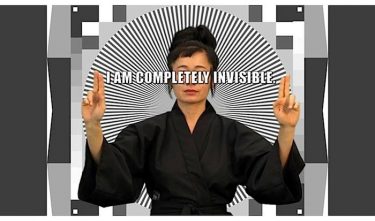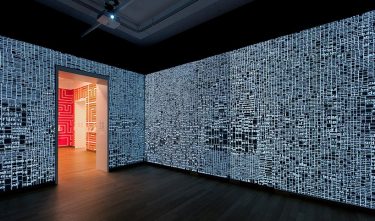It is time to design a revolution for our profession, with endless possibilities that connect our disciplines, with which we can take care of the world and mankind.
In 1923 El Lissitzky stated that ‘the new book demands the new writer’ [1]. As old boundaries disappear and we fade the rules for craft, speed and technology as we know them, this would mean that, in theory, the field of design is open to anyone who can create in a verbal and visual dimension. From this an exciting field of new-born designers are emerging that no longer identify with solving ‘problems’, but with finding answers to ‘questions’ through discourse. They carefully connect content with social, cultural and digital contexts – ever expanding, adding political, technical, scientific or economic domains of research, unimpeded by final frontiers. They utilize (digital) systems, which are a tangible representation of our network. They generously offer their creations as open source, share their research as pamphlets for reflection and position and help us to belong.
The earliest networked computer systems were designed so that academics, scientists and the military could share information. They rapidly evolved into spaces in which human relationships could flourish through informal, emotional and playful conversations and thus became a space for digital (creative) exchange. However, the networked self has become increasingly contradictory: it promotes a sense of connection but often really does the opposite [2]. If we are honest: one of the most terrifying issues in this new-found territory is a certain ‘artificial stupidity’, manifested in invisible bot armies that are able to produce fake news or even sway elections [3]. This is what really impacts how people think and act. It is important for us to use technology intelligently and responsibly. We need to consider what artificial monsters are capable of creating.
— "I remembered the line from the Hindu scripture, the Bhagavad-Gita. Vishnu is trying to persuade the Prince that he should do his duty and to impress him takes on his multi-armed form and says, ‘Now, I am become Death, the destroyer of worlds’." [4] J. Robert Oppenheimer
 1
1
 2
2
I believe these are promising times for designing a revolution for our profession, with infinite possibilities for creating work that can bridge our disciplines and care for the world and mankind. And it is the designer community that has to set clear and smart examples –so we use the tools and technology to hand as responsibly as possible. We have to work together. We can play an active and directive role for our future, connecting culture and society and contributing to social resilience [5]. This is why it is so important that the three nominees in the category ‘Communication’ offer several positions for alliance through their work.
The Rodina created a playful and craft-based developed identity for the Sonic Acts Festival, which they also participated in, with fun performances in colourful costumes executing this very identity.
With the project OPENRNDR by RNDR, we encounter an altruistic open source system, which allows us to participate in a digital kick-ass platform that facilitates the creation of versatile new creations and connections: a wonderful example of a platform in which we can share knowledge and skills within a carefully developed high-tech framework.
Sometimes there are career-spanning endeavours initiated without clients: like Richard Niessen’s non-stop devotion to building a poetical imaginative ‘house’, the Typographic Masonry, where a treasure of research about our own tools for communication and the history of typography and graphic design are to be discovered, displayed and shared. This richness offers a generous view of our past to assist us in positioning ourselves today, as we look for ways to use the tools of tomorrow.
Designers are redesigning themselves, ready for a journey to find new common ground for their expanding territories. We are writing a new book.
Roosje Klap, DDA jury member and committee chair in the category ‘Communication’